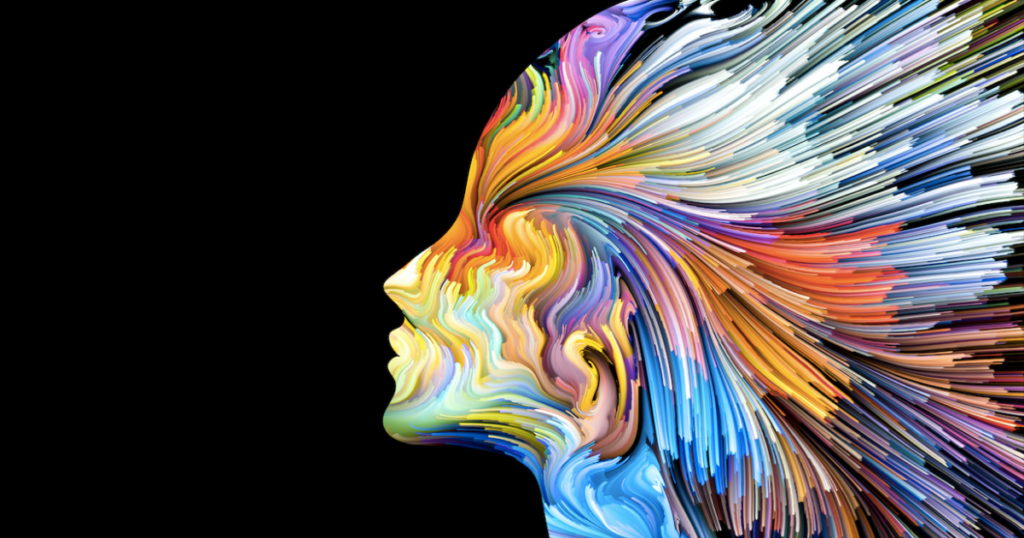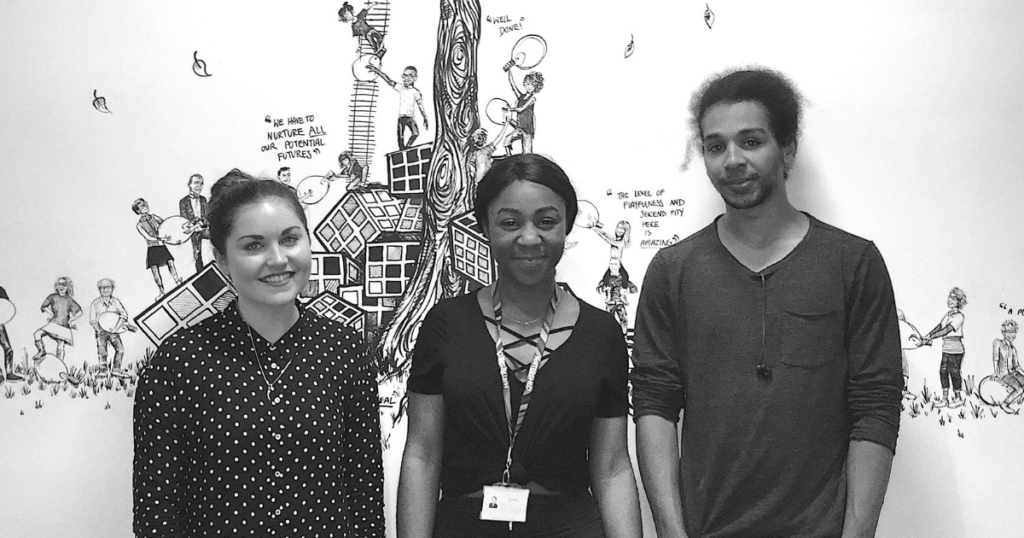5 things you’ve heard about creativity that are totally untrue
We have artificial intelligence on our minds. We’re introducing AI into business, inviting AI into our homes and discussing AI in the media. But with all of the magic of AI, why will creativity be important in the future?
With the rise of automation, we are creating machines to produce results that exceed what we can achieve without them. Automation is about efficient techniques, lower cost, better logic and faster speed.
Creativity, however, is our strength.
Future generations will enter a working environment that is incredibly automated, and creativity will be more valuable than ever. To accompany the efficient systems we have built, we must implement human creativity, empathy and critical thinking.
Adobe’s State of Create study found that 80% of people feel that unlocking creativity is critical to economic growth, but only 1 in 4 believe they are living up to their creative potential.
If we know that creativity is important, and becoming even more important with technological advancements, why are we having trouble being creative?
Perhaps some myths about creativity are getting in the way.
Here are five myths about creativity that are totally false:
1. Daydreaming is a waste of time
Children get told off for daydreaming at school. Most education systems reward focus and obedience, and do not encourage daydreaming or other behaviour that challenges the rules.
This seems correct, unless we consider how creativity (and even moments of genius) happen in the brain. One study reported:
“When a typical person attempts to solve a problem they use the conscious outer part of the brain, but scans of geniuses and savants show that activity in the conscious areas of the brain diminish while areas toward the middle part of the brain, the unconscious brain, begin to light up.
This middle part of our brain is normally active when we dream, imagine or create. It appears that geniuses and savants may also enter in and out of this altered state pulling images and ideas from the unconscious and into their conscious mind.”
This evidence suggests that we can’t take everything at face value when considering creativity. We manage to solve complex problems when our minds are free to wander and daydream. You may have noticed you have good ideas whilst you are out walking or doing menial tasks, when you aren’t consciously thinking.
Keep up the daydreaming to encourage those moments of genius!
2. Society encourages creativity
Creative thinking can result in new ideas that go a little against the grain. In science and philosophy, an accepted set of concepts, patterns or theories creates a paradigm. It’s hard to argue against that.
For instance, people used to believe the world was flat. It took a long time for people to accept that what they considered as fact was actually incorrect.
Paradigm-challenging theories are initially resisted because they conflict with what we think we know. When a theory contradicts the accepted scientific explanation of the time, societal norms or even religion, you can expect push-back.
What does this mean for creativity, then? It means that moving forward with unconventional ideas can be an up-hill struggle.
Existing knowledge is hard to tackle with new creative ideas, but one of the greatest scientists of all time realised the potential of our imagination. Albert Einstein said: “Imagination is more important than knowledge. For knowledge is limited, whereas imagination embraces the entire world, stimulating progress, giving birth to evolution.”
3. Only creative people can be creative
Some people find creativity comes more naturally than others, but creativity is a trait that everyone has in some capacity and it can happen in any context. You don’t need to be a designer or a poet to be creative. One of the best uses of creativity is problem solving.
We can all learn creativity techniques. For example, using divergent thinking, you can explore many possible solutions to a problem in order to find one that works (or the one that works best).
However, it is true that some of us are more creative than others, and it is due to the way our brains work, because there are thinking processes and brain regions connected with creativity: “Recent evidence suggests that creativity involves a complex interplay between spontaneous and controlled thinking.”
Age is also a factor. It’s easier to be creative when you’re a child: It has been reported that at age five, we use about 80% of our creative potential, but by twelve, our creative output has declined to about 2% of our potential.
On top of this, research suggests that your social environment could make you less creative. To enhance creativity, you need the right surroundings and social influences, and you must know how to apply your creativity, even if it is to solve a problem.
After all, the link between creativity and innovation in entrepreneurship is undeniable, and entrepreneurs are solving some of the world’s biggest and most complex problems.
4. Deadlines accelerate creativity
Have you ever been told that creativity will be enhanced if you leave it until just before the deadline? Although deadlines can be useful for kick-starting a project, time pressures are not necessarily the best route to creativity.
Deadlines bring with them a necessity to stop dawdling, get focused and clear away any other distractions. However, good ideas that sprout may need time to grow.
Time to think is not usually scheduled into our daily routines. Instead, there is pressure to produce a bigger output of work, particularly in the modern workplace, but it’s a common misconception that if we aren’t producing, we aren’t using our time wisely.
Instead of focusing on deadlines, explore creative ideas in cycles, with periods of thinking followed by periods of action. Use Mind Map Pro for creative thinking with agile task management, so that you can delegate tasks to move forward with your ideas.
5. You must keep ideas to yourself
Can you protect ideas? Yes, and you should protect your ideas, of course. It’s important that you don’t share the blueprints that reveal every detail of an industry-shaping innovation before you’ve protected your IP.
However, if you hold your cards too closely to your chest, you risk never collaborating outside of your department, and your big idea might never reach its true potential. By collaborating rather than competing, you are able to combine the best creative minds together.
If you are concerned about protecting your intellectual property, these are your IP rights, put simply: patents protect inventions, registered designs protect the appearance of products, trademarks protect brands and copyright protects the expression of ideas.
Once you feel comfortable that you know how to protect your ideas, you can become more open about sharing them and benefit from gathering diverse insights from others.
Kick-start your creativity
We’ve debunked some myths on creativity, so next time your creativity is blocked, come back to this post to remind yourself why creativity is important and how to encourage it. Getting creative will also improve your wellbeing, which could improve productivity in the workplace.
When you’re ready to start your next project, use Mind Map Pro to explore, develop and discuss your ideas, and set tasks to turn your creative ideas into a reality.
Next up, learn about the templates in Mind Map Pro for a quicker route to creative thinking across categories including business, education, events, meetings, personal, sales and marketing, and software development.



